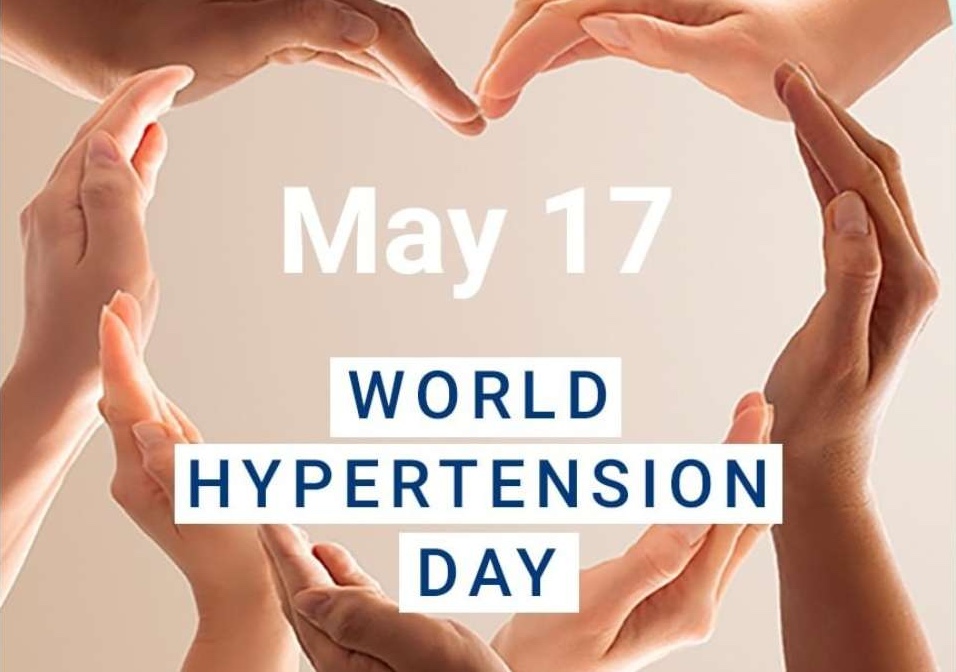This year on World Hypertension Day, the theme is “Measure Your Blood Pressure Accurately, Control It, Live Longer.” More than one billion people around the world live with hypertension (high blood pressure), putting them at risk of avoidable medical complications and death.
We believe the answer is more frequent and meaningful monitoring. The United Nations has set a global goal for 2025 for a 25% reduction in uncontrolled hypertension. Awareness and diagnosis are the simple, yet crucial, answer to the global hypertension crisis. Increasing early control has become even more important in light of the COVID-19 pandemic, as heart conditions can make you more likely to become severely ill.
In raising awareness, it’s important to know:
1. The modern blood pressure cuff has been around for more than 100 years.
That’s right! For more than 100 years we’ve been measuring this vital health statistic the same way. Invented by Samuel Siegfried Karl Ritter von Basch in 1881, the modern blood pressure cuff, or sphygmomanometer, was popularized by Dr. Harvey Cushing in 1901. He brought the device to the US, modernized it and popularized it within the medical community. We definitely think it’s time to move past the traditional cuff!
2. Normal blood pressure range has changed.
In 2017, The American Heart Association and American College of Cardiology redefined blood pressure guidelines, changing stage 1 levels from 140/90 to 130/80 mm Hg. At the time, the update meant that 30 million, or 14%, more American Adults officially had high blood pressure.
3. Most people with high blood pressure do not know they have it.
The biggest problem with hypertension – aka “the silent killer” – is there are no outward symptoms, making it difficult and inconvenient to regularly measure and thus preventing proper management. Of the 1.13 billion people worldwide who have hypertension, only half have it under control.
4. Young people and pregnant women can have hypertension, too.
While high blood pressure is very common in older people due to aging vascular systems, they are not the only age group at risk. Nearly 1 in 4 adults aged 20 to 44 in the US, have high blood pressure, and according to CDC, high blood pressure happens in 1 in every 12 to 17 pregnancies among women ages 20 to 44.
5. Hypertension contributes to more than 1000 deaths per day.
In the US, high blood pressure was a primary or contributing cause of death for more than 494,873 people in 2018. Having hypertension puts you at risk for heart disease and stroke, which are leading causes of death in the United States.
While there is no way to prevent primary hypertension, it can be controlled through a healthy lifestyle and medication if necessary, as advised by your doctor. Checking your blood pressure regularly is the only way to know for sure whether it is too high. Biospectal believes people need an easy to use, digital means to accurately measure, monitor, manage and share their blood pressure data with their doctors. Our OptiBP smartphone app and platform are the next step in advancing blood pressure monitoring using our breakthrough non-invasive optical biosensing algorithms. With the simple touch of a finger, OptiBP uses your smartphone’s camera to measure blood flow through the skin by simply applying your fingertip to the camera’s lens — in about 20 seconds — and without the inconvenience and discomfort of a traditional cuff. Anyone with a smartphone can measure their blood pressure – anywhere, anytime. See Biospectal OptiBP in action here.
We are looking for users to help us test our revolutionary smartphone blood pressure solution. If you would like to become an OptiBP™ beta user, click here.
